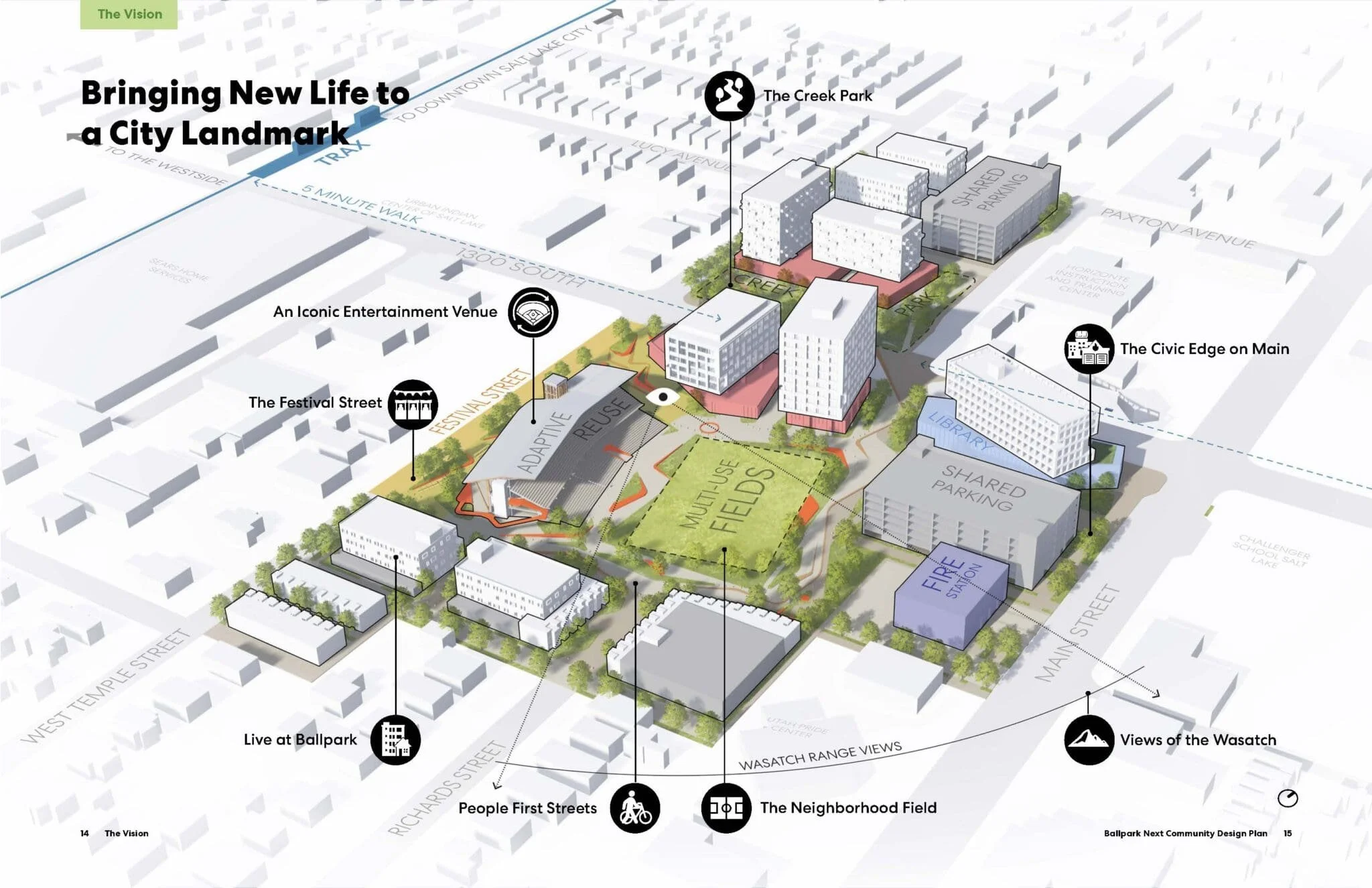Folsom Trail moves forward, daylighting report released
Authored by Brian Tonetti
Construction of the Folsom Trail is expected in Spring 2021 and completion by 2022. Feasibility of daylighting City Creek, adjacent to the trail, was studied and two design concepts presented. Additional study is needed to move forward.
Construction of the Folsom Trail is expected to begin this Spring 2021! The trail will follow the former Folsom railline from North Temple Frontrunner Station to where the Jordan River Trail meets the Fisher Mansion, approximately 500 West and North Temple to 200 South and the Jordan River. Click here to see the project map.
The Utah Transit Authority is leading the design and construction of the trail as part of their first-mile last-mile connections to transit stations. It provides an important connection for the Poplar Grove neighborhood between UTA Frontrunner and TRAX Station and access to employment, services, and entertainment in Downtown Salt Lake City to the regional 50-mile Jordan River Trail.
Additional funding from Salt Lake City’s Mayors Office, Transportation Division, and Redevelopment Agency will match Utah Transit Authority’s federal assistance, as well as enhance lighting and landscape along the trail. In a community survey on the trail, users want enough lighting to feel safe, but not too much. This was boiled down to overhead lighting at intersections and small bollard lights between. They want places to sit, native plants, and decorative gravel at intersections that soften the industrial feel of the neighborhood [01].
Residents will be able to enjoy a nearly complete Folsom Trail by the end of 2021. The Folsom Trail will be the first phase of the project. Additional phases will include additional landscape and amenities, green infrastructure, and the daylighting of City Creek.
The City Creek Daylighting Feasibility Study was released in June 2020. It explores the potential of uncovering City Creek through the corridor in two concepts. The first features an eight-foot-wide partial-flow channel that would be reduced to three feet in the constrained western portion (1000 West to the Jordan River). The second uncovers the full flow of City Creek in a channel that is approximately 36 feet wide and five feet deep. A compound design replaces the existing stormdrain to convey major storm events. It includes a low-flow channel (similar to the first concept) that conveys baseflow daily. The western portion is still constrained to a partial-flow channel [02].
Each concept was determined to be physically possible. Cost estimates range from $1,450,000 to $2,735,000, which includes property acquisition. Property constraints, road crossings, and the shallow positioning of the stormdrain that runs through the corridor limit stream designs. Grading issues in the west portion of the project and contaminated soils create potential challenges [02].
For Salt Lake City Public Utilities to allow the project, flood control and water quality improvements must be evident. Additional study is required to address water quality impacts, right-of-way and property acquisition, permitting, and maintenance [02].
Sources
Salt Lake City Transportation, Folsom Trail Spring 2020 Survey (2020).
Landmark Design, City Creek Daylighting Feasibility Study (2020).




